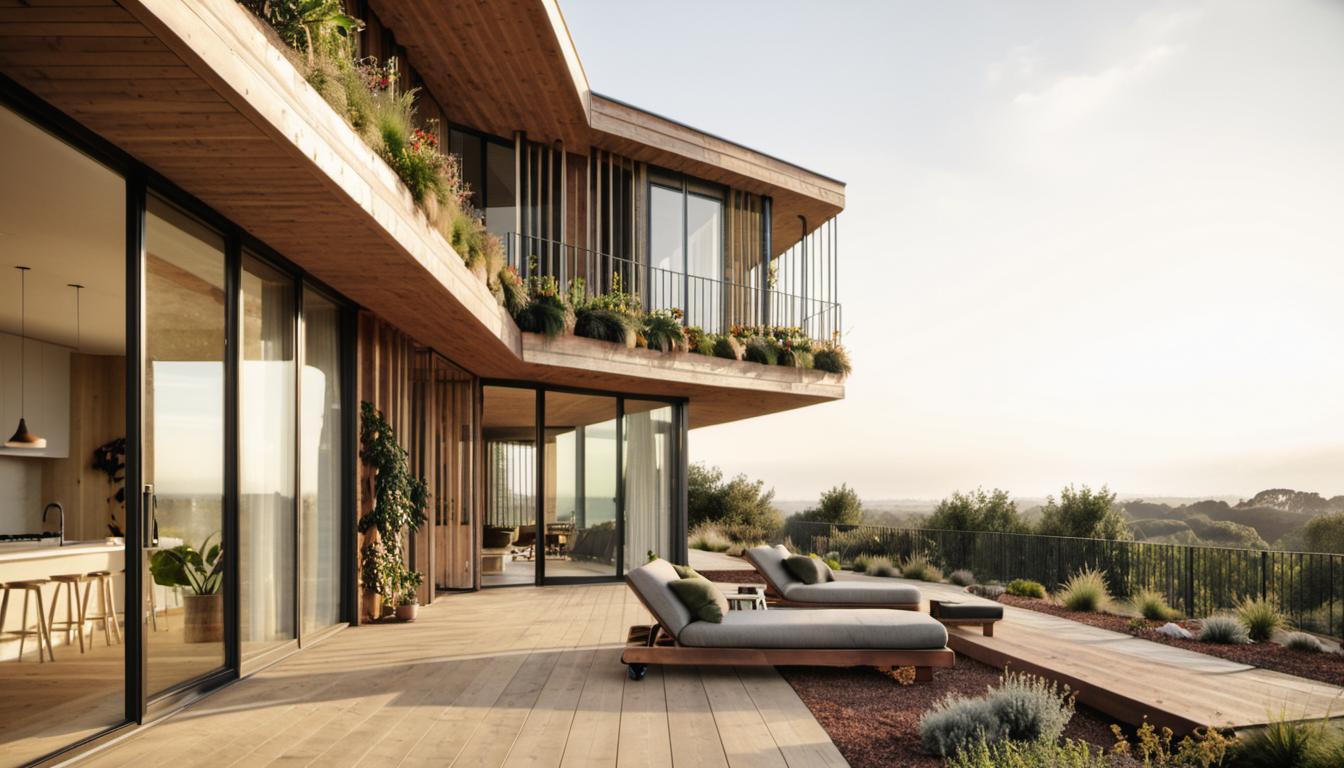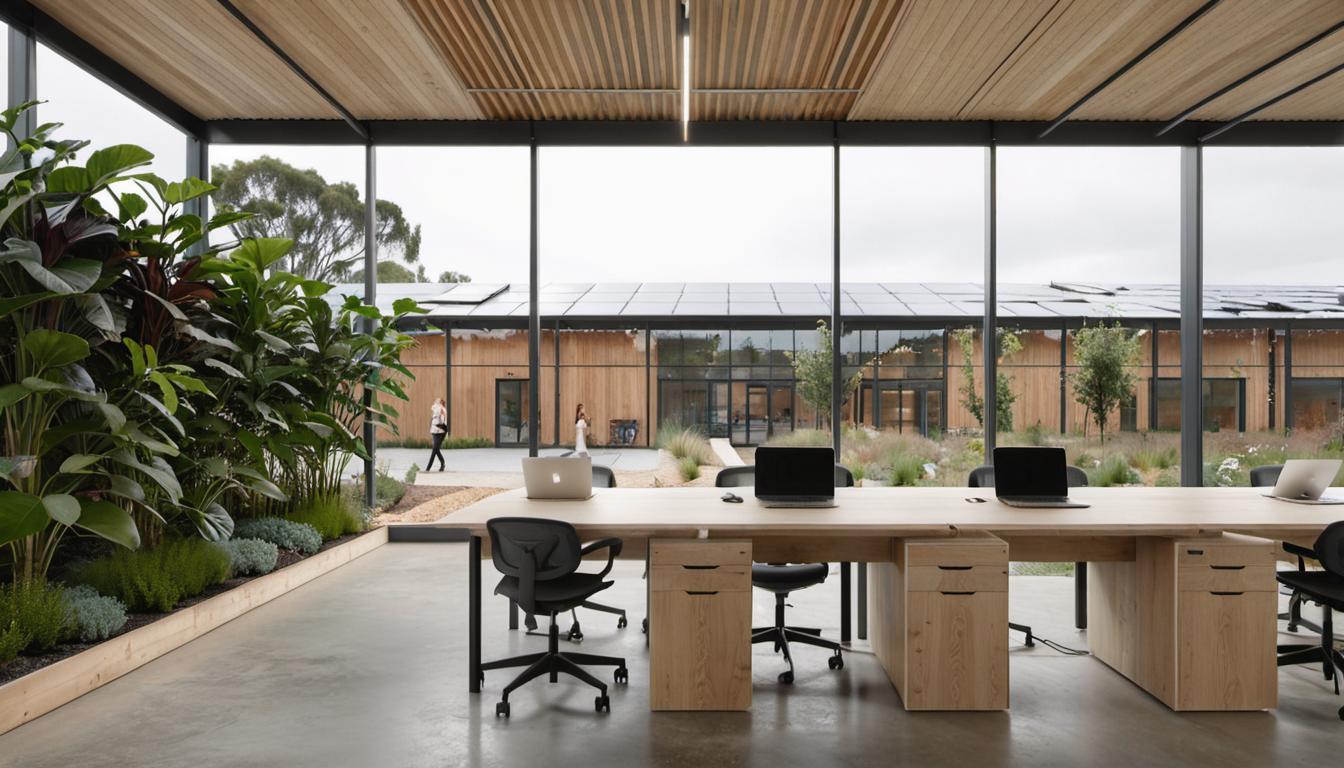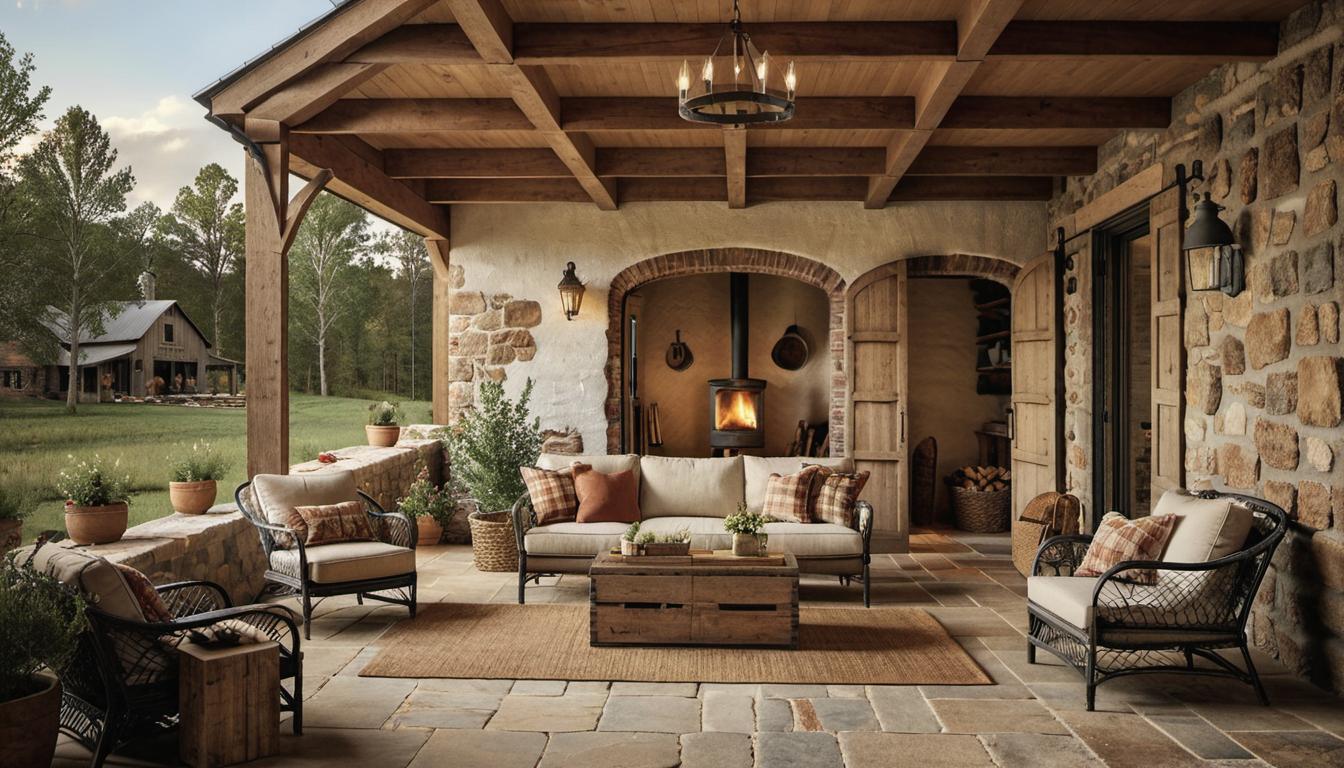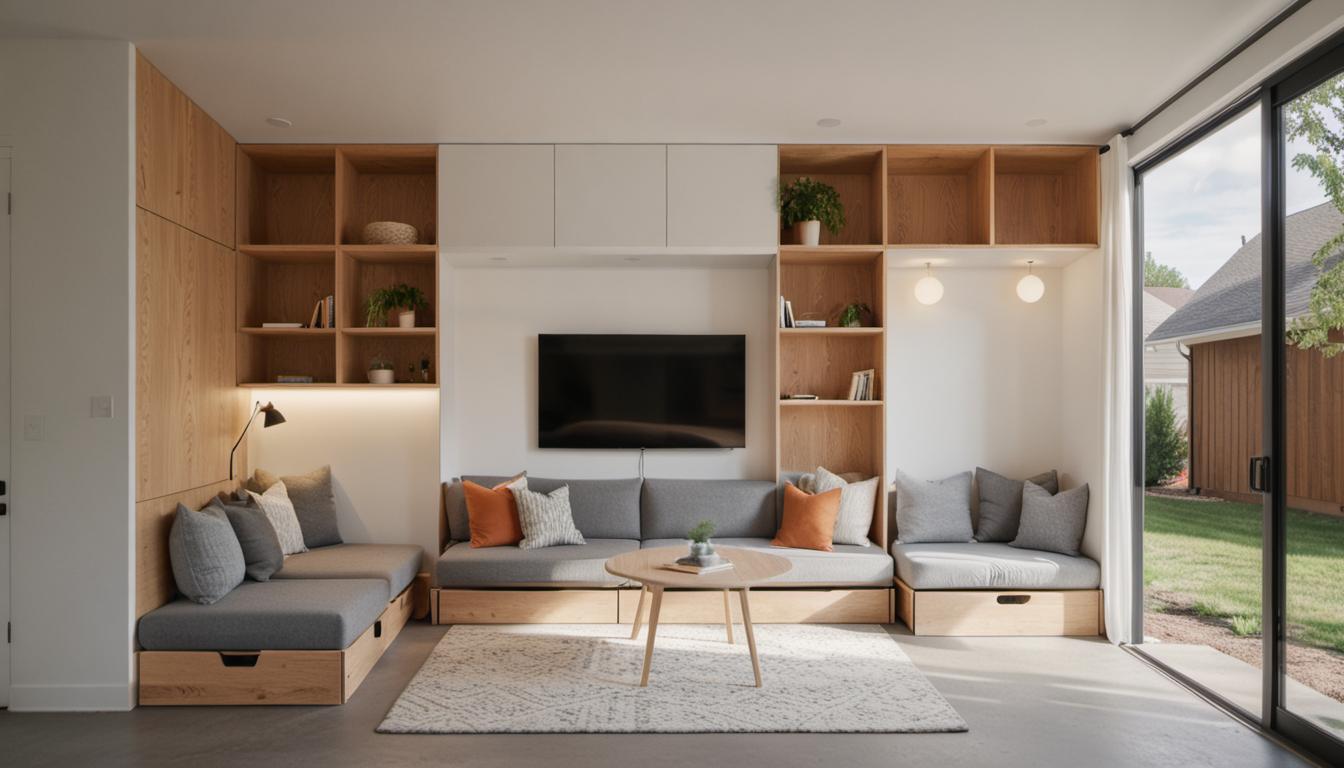An Overview of Contemporary Architectural Advances
The architects’ palette continues to evolve, incorporating sustainability, adaptability, and a heightened focus on human well-being. As we navigate 2024, there’s a notable shift towards cutting-edge technology and innovative materials that promote environmental responsibility and mitigate environmental impact.
Sustainable and Eco-friendly Design
-
Understanding and Significance
Sustainable and eco-friendly designs champion preserving the environment while ensuring efficient use of resources. These contemporary architectural strategies are not just an option, but rather an integral part of modern architectural practice.
-
Eco-Friendly Materials
Architects and designers source and use eco-friendly materials including recycled steel, reclaimed wood, bamboo, cork, and recycled plastics to minimize pollution and the depletion of resources.
-
Energy-Efficient Innovations and Green Building Methodologies
The incorporation of solar panels, geothermal heating, and smart building automation reduces energy consumption and carbon emissions. Meanwhile, principles such as LEED (Leadership in Energy and Environmental Design) certification and biophilic designs are becoming normative among architects and builders.
-
Leading Sustainable Initiatives
The Edge in Amsterdam stands out as the world’s most sustainable office building, while The Bullitt Center in Seattle meets its energy needs entirely from renewable sources – exhibiting the epitome of sustainable and eco-friendly designs.
Adaptive Use and Renovation in Present-Day Architecture
-
Significance and Meaning
Adaptive reuse and renovation revitalize existing structures into vibrant, sustainable spaces without sacrificing their heritage details. This strategy adheres to a principle of minimizing environmental impact, conserving resources, and stimulating community revitalization.
-
Prior Successes
Success stories include the High Line in New York City—a repurposed elevated railway turned public park, and the Tate Modern in London—an old power station redesigned into a contemporary art museum.
Regenerative Architecture
This architectural approach strives to restore damaged ecosystems, redefining what it means to build responsibly and sustainably.
Minimalist Architectural Trend
This design philosophy promotes functional use, clean lines, simplicity, and geometry in architecture, paving the way for practical and clutter-free structures.

Vertical Building
As an efficient way of utilizing available space, vertical building is suited for offices and multi-floor buildings, solving the problem of limited land space in urban areas.
Natural Material Usage in Construction
Making use of materials like bamboo, timber, and marble stone merges the boundaries between nature and architecture, enhancing the aesthetic and comfort of the built environment.
3D-Printed Structures
With cost-efficiency and quick construction in mind, 3D-printed buildings are making waves in the architectural and construction industry.
Multi-Function Spaces
This design concept aims to optimize space efficiency with functional furniture pieces and room designs that can adapt to various purposes and needs.
Smart Home Innovations in Architecture
Smart technology is being embedded into homes, personalizing living spaces to control various elements such as lighting, thermostat, energy usage, and more to heighten comfort and convenience levels.
Biophilic Design
These designs emphasize the human-nature connection, incorporating natural elements into architecture for physical and mental health benefits. Such designs are a testament to the importance of creating spaces that nourish the human spirit by bringing us closer to nature.
Trends in Multi-Generational Living
Multi-generational living provides an alternative to rising real estate prices, allowing multiple adult generations to live in a single household, promoting financial savings and familial bonding.
Modular Building
Modular buildings offer several benefits including cost-efficiency, reliability, flexibility, and less environmental impact due to off-site construction.
Well-Planned Residential Layouts
Software tools providing customizable and adjustable templates are streamlining the preparation of complex and multifunctional plans, making the professional architecture market accessible to more individuals.
FAQs on Contemporary Architectural Progress
- What is the significance of sustainability in modern architecture?
- Sustainability is a fundamental consideration in every stage of the architectural process. It focuses on environmental responsibility and resource efficiency. Cutting-edge technologies and eco-friendly materials are utilized to create structures that promote sustainability and mitigate environmental impact.
- What are some examples of sustainable and eco-friendly designs in 2024?
- Examples of such projects include The Edge in Amsterdam and The Bullitt Center in Seattle which utilize materials like recycled steel, reclaimed wood, bamboo, cork, and recycled plastics.
- What is adaptive reuse and renovation in architecture?
- Adaptive reuse and renovation transform existing structures into vibrant, sustainable spaces, preserving heritage details while meeting modern needs. They minimize environmental impact, preserve resources, and foster community revitalization.
- What is the focus of regenerative architecture?
- Regenerative Architecture focuses on creating environmentally-friendly buildings that restore rather than harm ecosystems.
- How does modern architecture incorporate smart technology into home designs?
- Smart technology is integrated into architecture which personalizes living spaces to control various aspects such as lighting, temperature, energy consumption, doors, windows, and appliances, increasing overall comfort.





